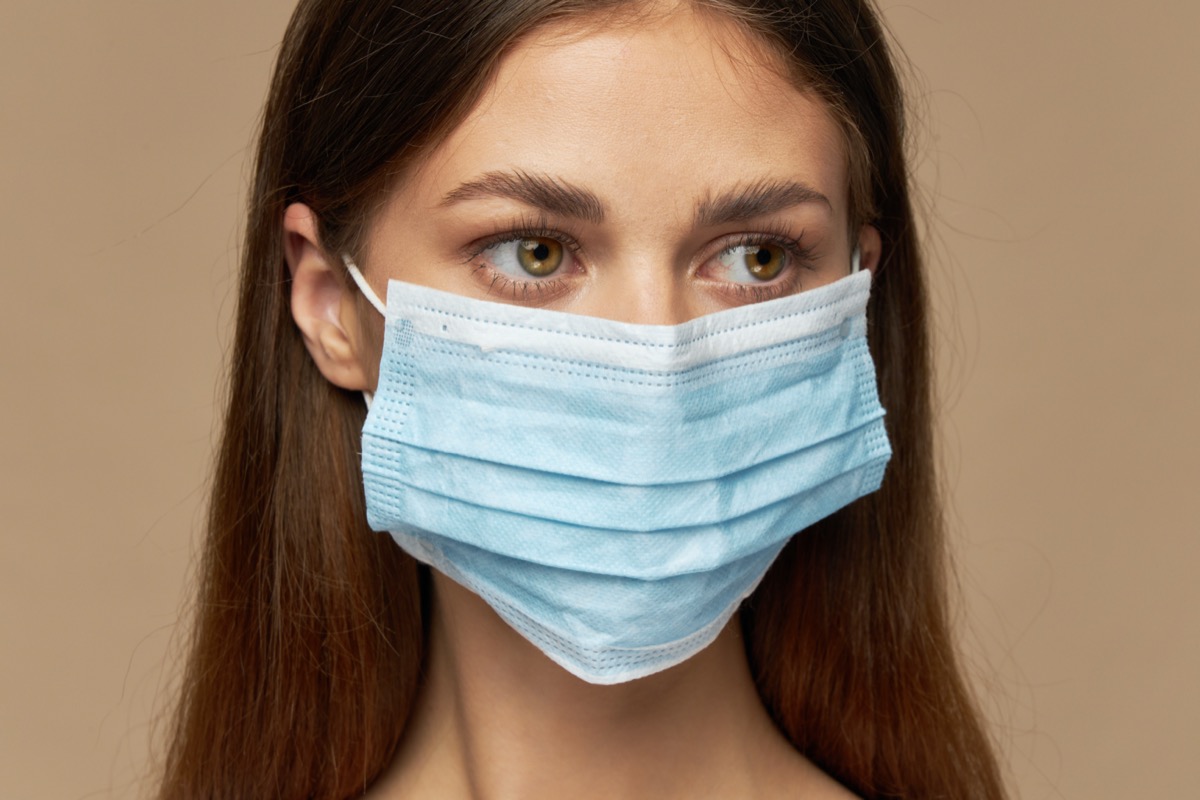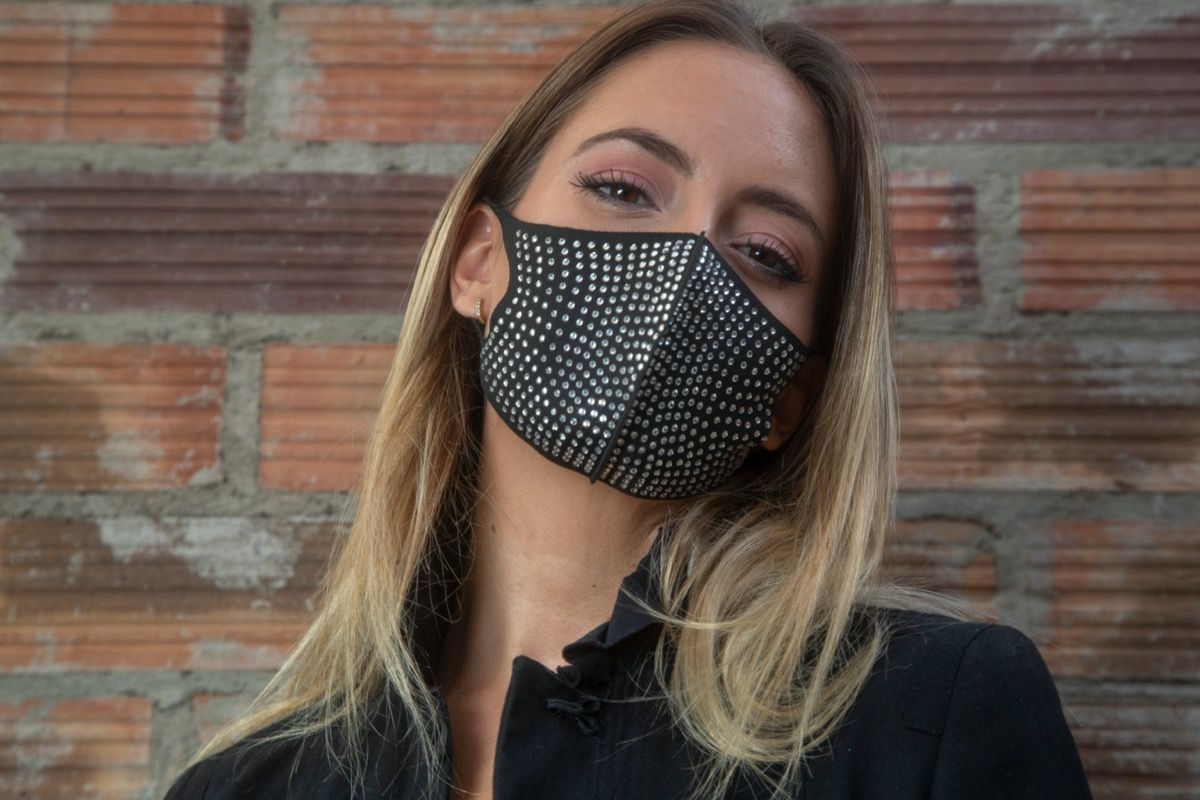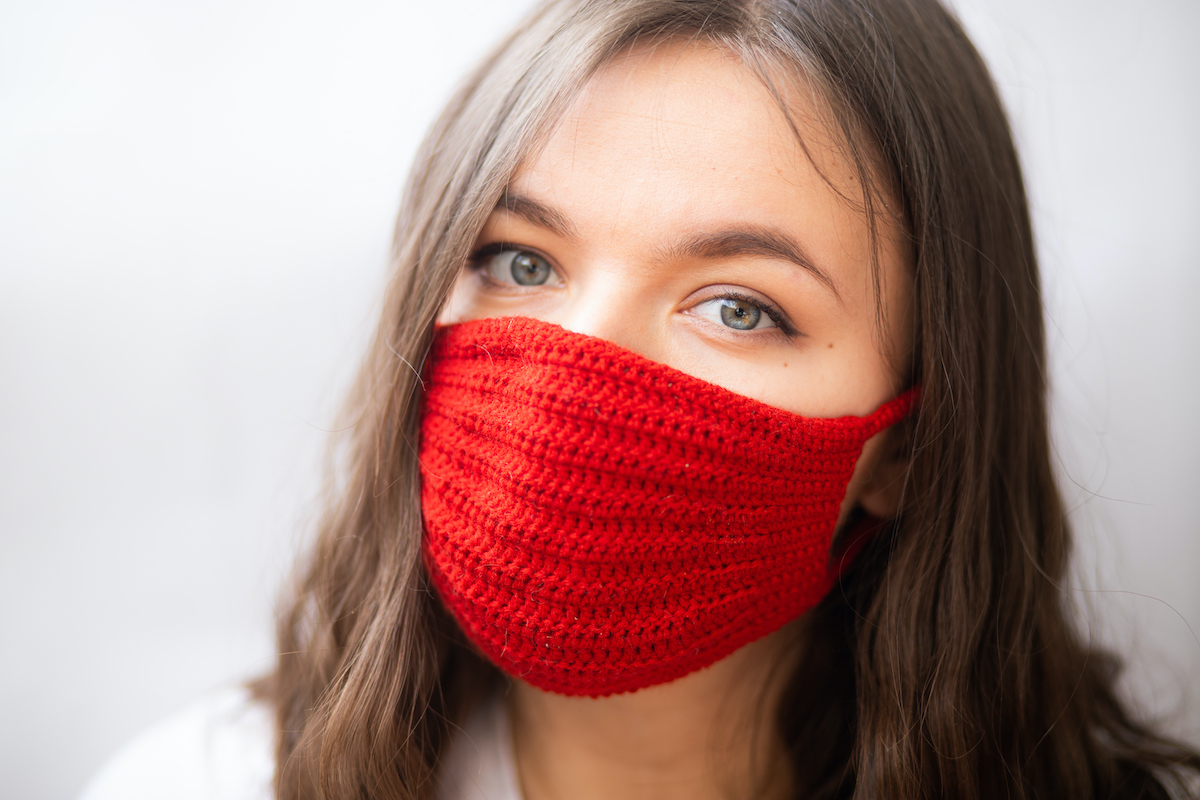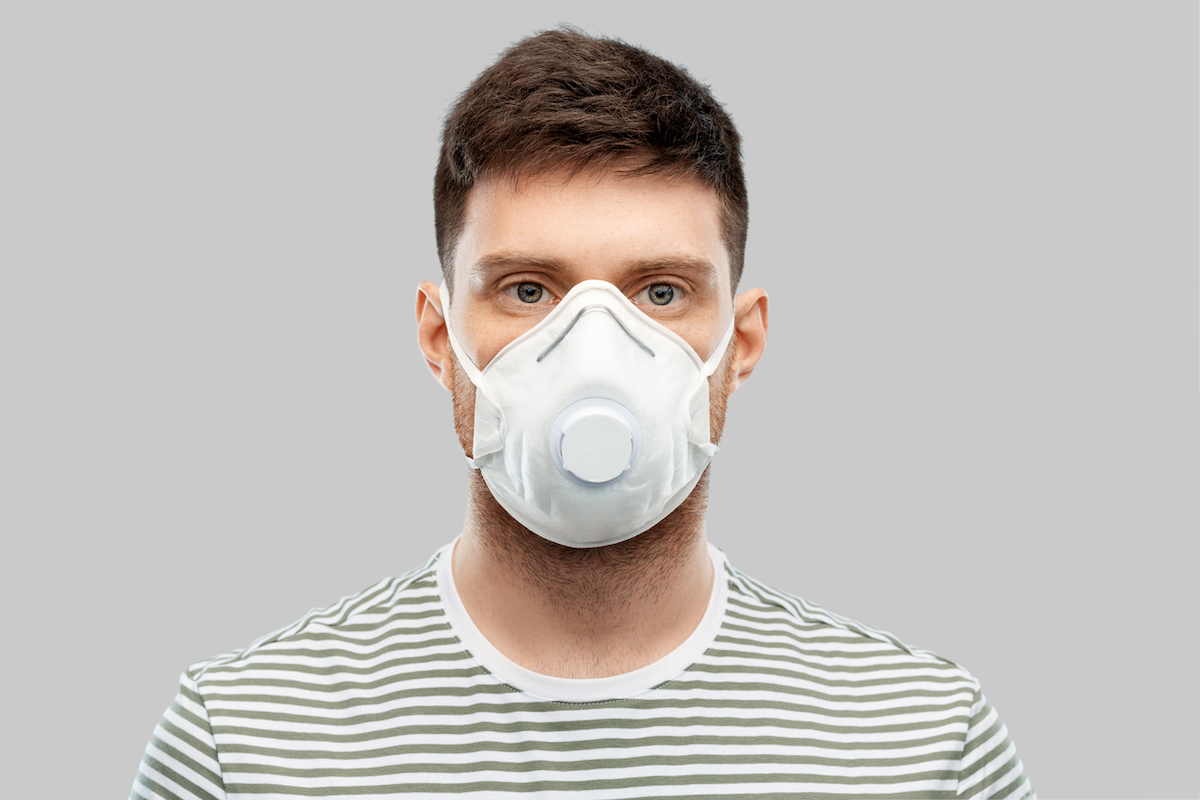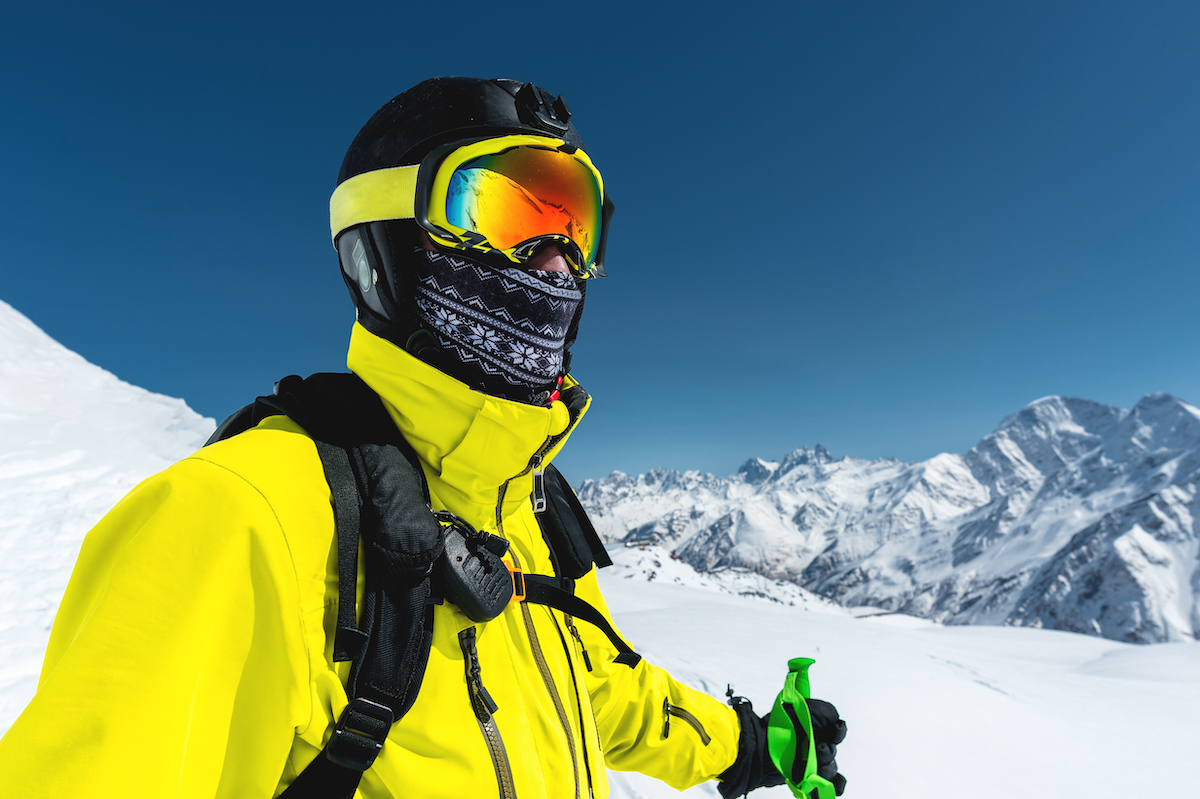The study in question found that individuals who wore masks more regularly had more daily contact with others than those who were not regular mask-wearers. As such, those who wore masks but ignored other COVID safety recommendations, like social distancing and limiting gatherings, ended up developing the virus at higher rates than those who didn’t wear masks, but had fewer social contacts. Similarly, individuals who lived in multi-unit dwellings, like apartment buildings, were more likely to develop COVID than those living in single family homes. “When you wear a mask, you may have a deceptive sense of being protected and have more interactions with other people,” Eline van den Broek-Altenburg, the study’s lead researcher and an assistant professor and vice chair for Population Health Science in the Department of Radiology at the Larner College of Medicine, said in a statement. “Masks don’t give you a free pass to see as many people as you want,” added van den Broek-Altenburg. She noted that even people who wear masks regularly still need to “strictly limit” contact with others.ae0fcc31ae342fd3a1346ebb1f342fcb The study echoes the Centers for Disease Control and Prevention (CDC)’s recommendation that people remain vigilant about both mask-wearing and social distancing. “Masks should still be worn in addition to staying at least 6 feet apart, especially when indoors around people who don’t live in your household,” the CDC recommends. However, when it comes to mask-wearing, the type of face covering you choose is a critical factor in terms of your safety, too. Read on to discover which masks could be jeopardizing your health, according to the CDC, and if you’re worried you could be infected, This Common Pain Could Actually Be a COVID Symptom. The CDC cautions against wearing masks that gap or fit either too loosely or too tightly. Instead, the agency recommends wearing masks with a snug fit around both your nose and chin with no gapping on the sides. And if you’re worried about COVID in your area, These Are the Only States Where COVID Is Still Rising. While you don’t want your mask to allow respiratory droplets in or out, masks that limit your ability to breathe—like those made of leather or vinyl—aren’t a safe choice, either. The CDC instead recommends using non-medical disposable masks, or masks made of fabrics like cotton, which offer protection but don’t impede breathing. And for more mask tips, check out If You Have This Mask, Get a New One Now, Experts Say. If you can see light through the fabric of your mask, it’s not offering you adequate protection. Instead, the CDC recommends wearing a mask made of material that has a tight weave, meaning you can’t see light through it when it’s held in front of a lamp or other source of illumination. And for the latest COVID news delivered straight to your inbox, sign up for our daily newsletter. Your single-layer mask may be comfortable, but it’s not a safe option to wear in public. If you want to protect yourself and others, your mask should have two or three layers, according to the CDC. And for more on the ideal face covering, here is The Best Mask to Protect You From the U.K. COVID Strain, Doctor Says. Those air vents or valves on your mask are doing the exact thing you’re wearing it to prevent—allowing respiratory droplets to pass in and out. And if you want to protect yourself, The CDC Just Issued This Alarming COVID Warning. While the CDC recommends against wearing a ski mask as a primary means of protection for yourself or others, that doesn’t mean you need to forgo one entirely when it’s cold outside. However, if you’re going to wear a ski mask for warmth, the CDC suggests wearing it over your breathable, multi-layered mask, cautioning, “Scarves, ski masks and balaclavas are not substitutes for masks,” the agency says. And for more risk factors to be aware of, check out If You Have This Common Condition, You’re More Likely to Get Severe COVID. Keep reading Best Life for more.
